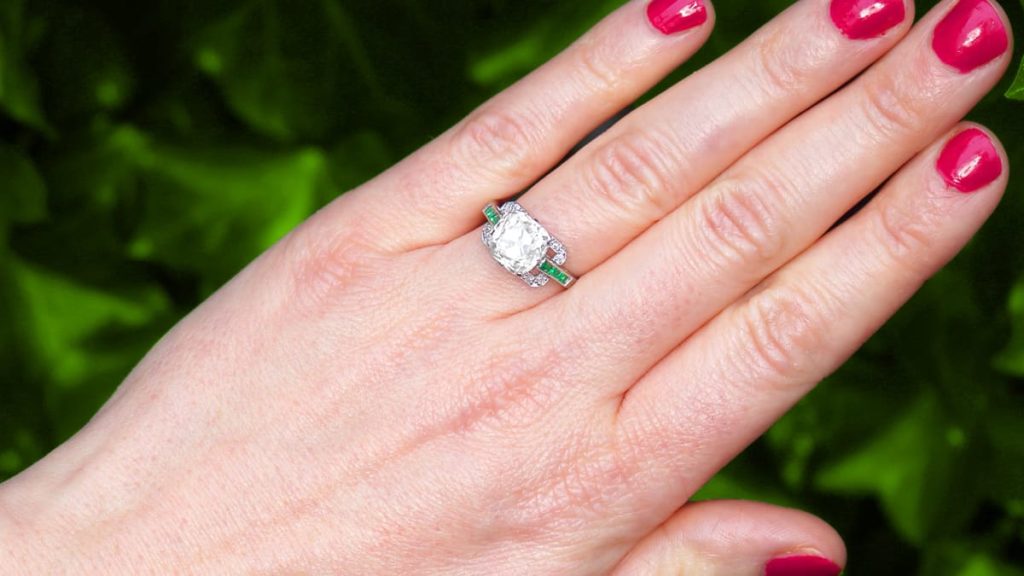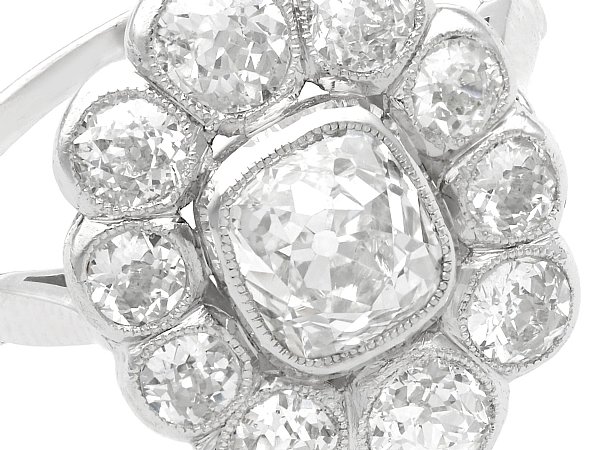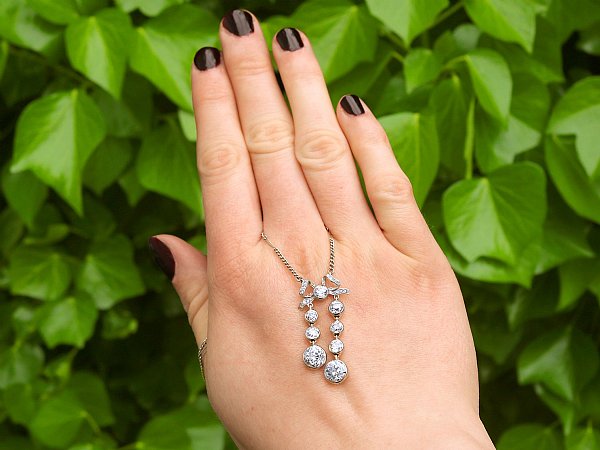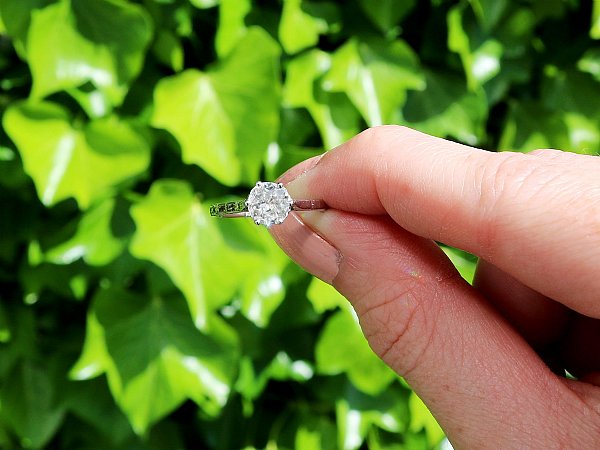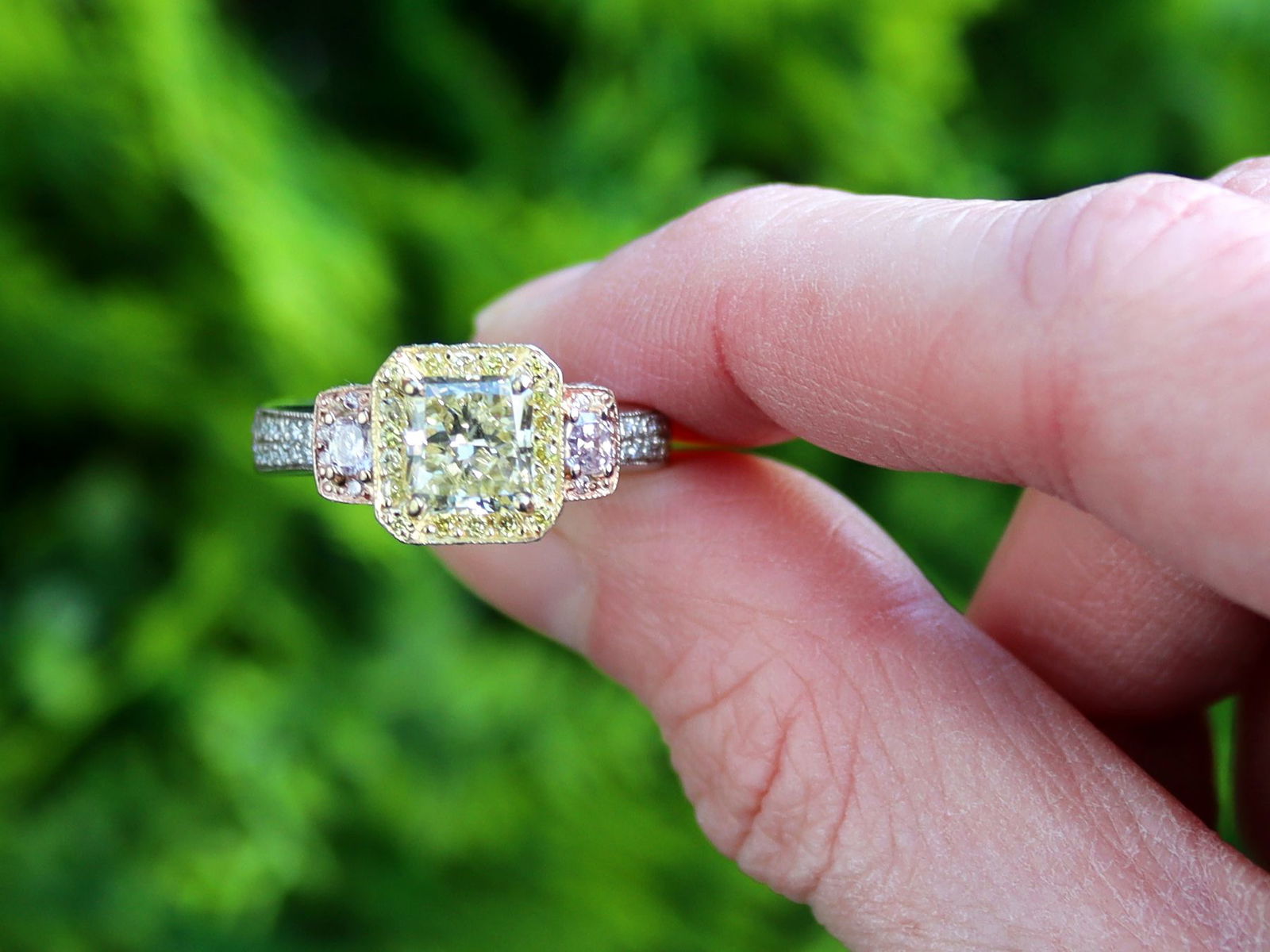If you’re looking for an antique gemstone or diamond ring, you might be coming across ‘Old Mine’ and ‘Old European’ phrases a lot and wonder what that even means. ‘Old Mine’ and ‘Old European’ are antique cuts of stones that are unique and becoming increasingly rare.
Why Choose Old Mine or Old European Over a Modern Cut?
Modern methods might favour laser cuts for more precise or sharper details in their stones, whilst old mine and old European cuts are traditionally hand cut. The detail and hand work applied through hand cutting old cut diamonds gives each one a sense of presence, artisanal charm and history that brings attention to their glowing centre. Due to the hand cut nature creating a rare stone, the distinctive sparkle produced composes a diamond which bears immense value.
How to Tell the Difference
The first thing to notice between the two cuts is the shape. Old Mine cut stones have a square cushion shape, whilst Old Europeans hold a more traditional round shape. The rounder Old European cut is a visually softer comparison to the modern brilliant round cut we see more commonly today. Both the antique and the modern gemstones feature 58 facets, or small flat surfaces.
As these old cuts are hand crafted, the Old European cut is as close to a circle as they were able to get without use of machines. Old Europeans are often taller than modern cuts, with the same high profile as an Old Mine cut. Whilst the shapes could be considered less perfect than modern cuts, the historical significance and craftsmanship speaks for itself.
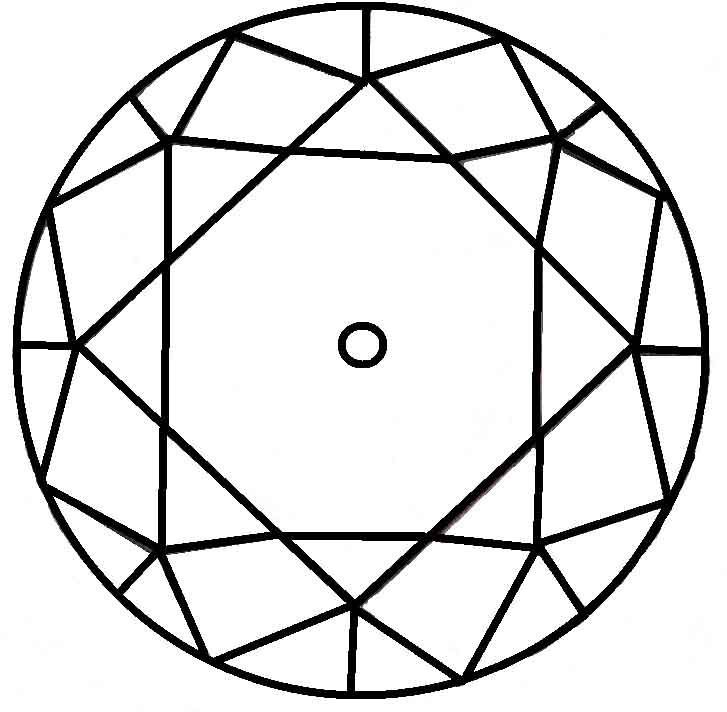
If you want to tell the difference from a more modern cut, the best indicator to spot an Old Mine or Old European cut is the large open culet. The culet is the facet at the of the stone, which can on occasion be seen through the top facet, also known as the table. Ask your jeweller or retailer to view the stone through an eye loupe and you should be able to see what almost looks like a small round hole. Don’t worry, it’s not an actual hole, it is just the visual appearance of the faceted tip. The culet allows light to pass through the stone but not every cut has one. Modern cuts might not have a culet or instead have a very small barely recognisable one.
The Old Mine cut diamond was used within the Georgian and Victorian eras (1700-1800s). The stone has an open culet along with its cushion appearance, which followed the gemstones natural octahedral shape as the guiding points. The Old Mine cut also commonly featured an unpolished girdle (the widest part of the stone) with a high crown and deep pavilion (the portion above and below the girdle) – allowing a prominent higher profiled stone without a high setting.
The Old European cut diamonds were developed in the late 1800s and gained popularity through the Victorian, Edwardian and Art Deco eras. The 58 facets of the diamond were elongated and the table of the rounded gemstone was larger. Whilst the culet was still cut, the facet was often smaller than its predecessor, however greater examples can be found.
Conflict Free
If your social impact is something you’re factoring in when researching diamond cuts, consider that both Old Mine and Old European cuts were most popular long before the period of diamond conflicts. Old Mine cuts were popular in the 1700s and 1800s, and Old European cuts were more popular in the late 1800s to 1930s, so both of these cuts are often considered to be conflict-free, as they are precursor to modern war conflicts that give us ‘blood diamonds’. Old cuts are also considered to be more sustainable, as by buying old you are not contributing to any new production or consumption impacts.
At AC Silver we are pleased to offer a range of antique Old Mine and Old European cut diamonds and gemstones, set in fine and impressive jewellery.

